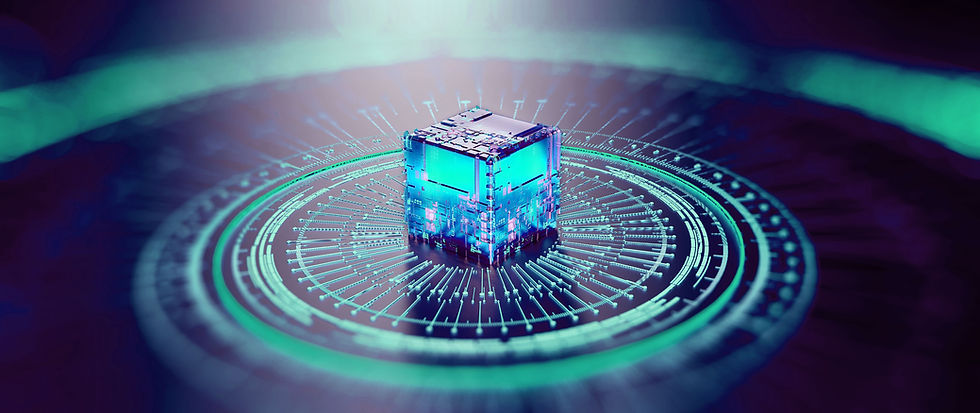History of manufacturing and human merit in it
- Ksenija Ulicevic

- Jun 21, 2024
- 3 min read
by Ksenija Ulicevic
21st of June 2024
Ever since the prehistoric times, humans have been making things out of stone, bone and later on metal, using them as tools for hunting, clothing and art. While this made our homo sapiens ancestors proficient at these tasks, it also provided an opportunity for more creativity and an improved quality of life. In essence, that mindset remained constant to this day. However, the way in which humans make tools changed completely with the beginning of the industrial revolution and has been evolving ever since.
Changes of 1760 – the first industrial revolution
During the long history of manufacturing, humans were very clever and crafty, always finding ways to improve things and make processes more efficient. We came a long way from simple stone tools to creating machines capable of operating complex tasks and sometimes substituting many workers for just one. Although paper mills and weaving machines were truly a masterful progress compared to our ancestors, what made the first industrial revolution so significant is that machines no longer needed humans to run them, they were now run by the power of coal and steam. For the first time in human history, people were able to mass produce things.
New technology also allowed significant progress in agriculture, helping to sustain a large population, while requiring less people in the fields for the same output. This, combined with the large number of factories created, drove the population to large urban centers, eventually making the cities as we know them today. New inventions, such as the invention of locomotive powered by the steam engine enabled unprecedented moving of goods and people, making the transportation cheaper and faster than ever before.

The second industrial revolution
Technology kept progressing and by the 1870 the electrical grid was established, internal combustion engine invented, and the assembly lines changed the face of factories forever. Widespread use of machinery, as well as adoption of new advancements created a very different way of living, driving the demand for new goods. All over the world large infrastructure projects were being realized, railroads build and with the arrival of telegraph the exchange of information enabled sharing ideas at a remarkable pace.
Large-scale manufacturing of late 19th century certainly made the standard of living better and goods easily available, yet the living conditions in cities were far from great. Factories polluted the environment, sanitation was inadequate, and the working conditions in factories were poor with long hours, low wages and child labor being allowed. However, the astonishing rate or mass production of goods helped drive the prices down, allowing for an overall higher standard of living, new health and work regulations, formation of worker unions and ban of child labor.
The third industrial revolution - digitalization since the 1950s
Ever since the development of the transistor in 1947 the way people communicate and exchange the information was never again the same. World has become a global place where technology is not just something used for mass production of goods, but is widespread and used, even essential in every-day life. Digitalization brought so much advancement that any of us could hardly imagine our days without computers or internet.

Working conditions in factories also immensely improved, workers started being paid fairly and guaranteed safe working conditions. Prioritizing health and safety has become a standard and a well established practice, marking a desirable employer. Factories became automated, where humans are no longer needed to perform every assembly task, but are instead supported by robots.
New advancements of the fourth industrial revolution
Rapid advancements in technology development, brought forth the industrial revolutions we currently live in, where the engineering progressed so much that it is approaching the limits of physical world. Transistors are no longer just incorporated into motherboards and put inside boxes, but are also implanted inside human beings, aiming no longer to improve productivity of the workforce, but rather increase the quality of life and help in overcoming previously incurable conditions.

IoT, AI and similar technologies enable the full automation of factories, creating a smart factory, capable of generating enormous amount of data, but also detecting people and produce which are being made and analyzing all of that together to help humans make the best possible decision. No longer is the aim of technology to produce more, rather to support the workforce get the best possible outcome, making a quality output without mistakes while prioritizing workers’ health and safety.


Comments